
Unit_4
.pdf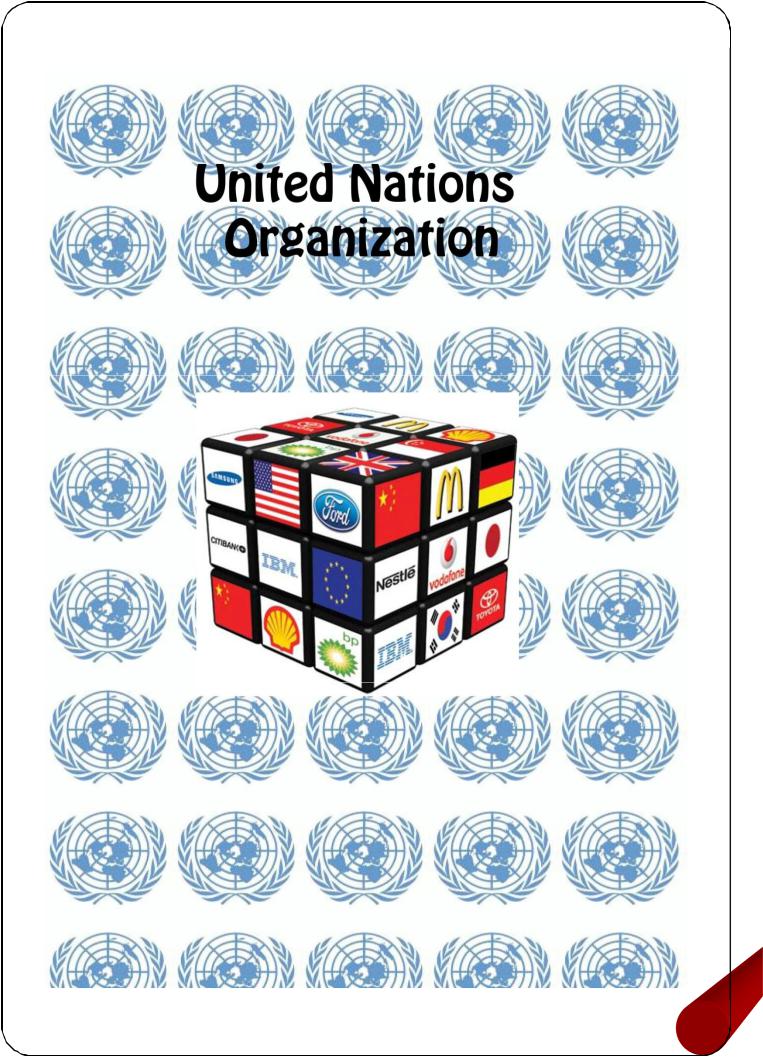
Lesson 1
Point of View
1
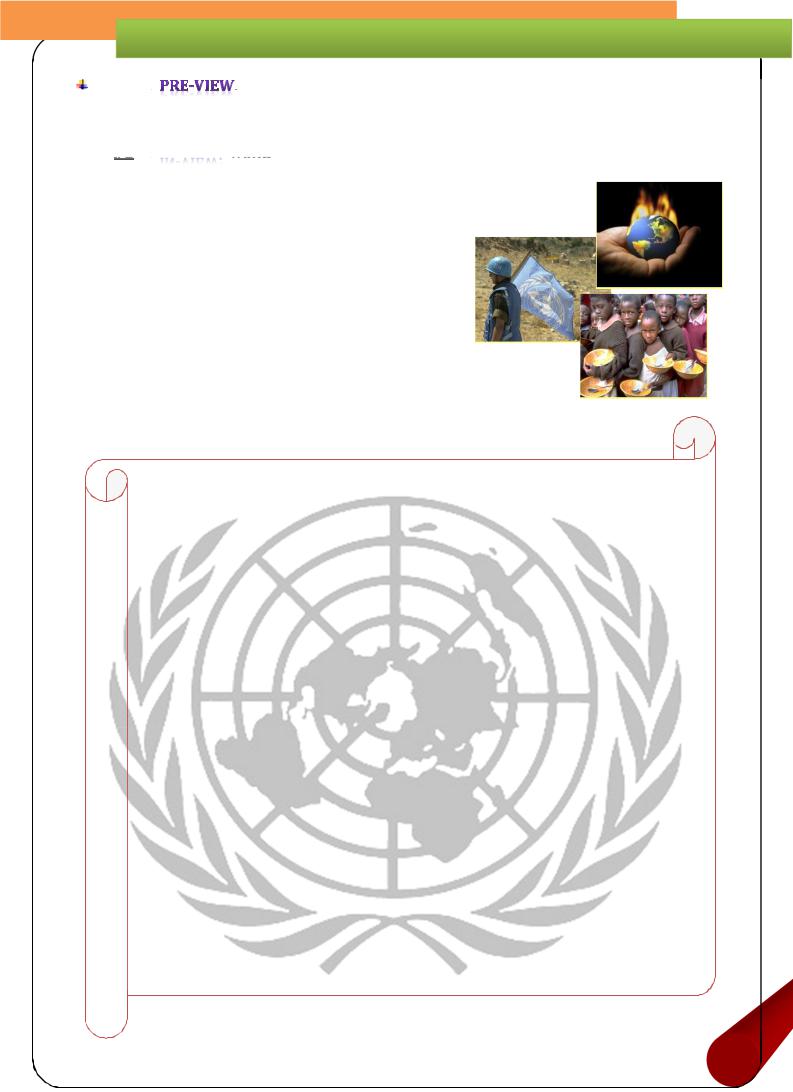
The UNO Introduction
Ex. 1 |
: Takea lookat thecover, discuss in small groups andcomment on the |
author's choiceof theimage?
 Ex. 2
Ex. 2 
 Watcha part of thevideo episode[“TheUNPrehistory”, 00:00-03:03]
Watcha part of thevideo episode[“TheUNPrehistory”, 00:00-03:03]
highlighting the historical context of theUNestablishment. Answerthe questions.
1.What were thereasons for establishing the UNO?
2.What are the main functions of the UNO?
3.What'syour attitudeto the activitiesof this organization?
4.What other local or international organizations pursuing similar goalsyou know?
 Ex. 3 Now readthroughthe preambleto the UNCharter.
Ex. 3 Now readthroughthe preambleto the UNCharter.
Checkyouranswers forex.2
WE THE PEOPLES OF THE UNITED NATIONS DETERMINED
to save succeeding generations from the scourge of war, which twice in our lifetime has brought untold sorrow to mankind, and
to regain faith in fundamental human rights, in the dignity and worth of the human person, in the equal rights of men and women and of nations large and small, and
to establish conditions under which justice and respect for the obligations arising from treaties and other sources of international law can be maintained, and
to promote social progress and better standards of life in larger freedom,
AND FOR THESE ENDS
to practice tolerance and live together in peace with one another as good neighbours, and
to unite our strength to maintain international peace and security, and
to ensure, by the acceptance of principles and the institution of methods, that armed force shall not be used, save in the common interest, and
to employ international machinery for the promotion of the economic and social advancement of all peoples,
HAVE RESOLVED TO COMBINE OUR EFFORTS TO ACCOMPLISH
THESE AIMS
Accordingly, our respective Governments, through representatives assembled in the city of San Francisco, who have exhibited their full powers found to be in good and due form, have agreed to the present Charter of the United Nations and do hereby establish an international organization to be known as the United Nations.
Point of View
2

The UNO Essentials
 Ex. 4 Readthetext andfill in thetablebelow withtheinformation from thetext.
Ex. 4 Readthetext andfill in thetablebelow withtheinformation from thetext.
TheUnitedNations
The United Nations officially came into existence on 24 October 1945, when the UN Charter had been ratified by a majority of the original 51 Member States. The day is now celebrated each year around the world as United Nations Day.
The purpose of the United Nations is to bring all nations of the world together to work for peace and development, based on the principles of justice, human dignity and the well-being of all people. It affords the opportunity for countries to balance global interdependence and national interests when addressing internationalproblems.
There are currently (January 2011) 192 Members of the United Nations. They meet in the General Assembly, which is the closest thing to a world parliament. Each country, large or small, rich or poor, has a single vote, however,
Thepredecessor
The League of Nations was founded immediately after the First World War. It originally consisted of 42 countries, 26 of which were non-European. At its largest, 57 countries were members of the League. The League was created because a number of people in France, South Africa, the UK and the US believed that a world organization of nations could keep the peace and prevent a repetition of the horrors of the 1914-18 war in Europe. An effective world body now seemed possible because communications were so much better and there was increasing experience of working together
Theend of theLeague
As the Second World War unfolded, it became clear that the League had failed in its chief aim of keeping the peace. The League had no military power of its own. It depended on its members' contributions; and its members were not willing to use sanctions, economic or military.Moral authority was insufficient.
Several Big Powers failed to support the League: the United States crucially never joined;
none of the decisions taken by the Assembly are binding. Nevertheless, the Assembly's decisions become resolutions that carry the weight of world governmentalopinion.
The United Nations Headquarters is in New York City but the land and buildings are international territory. The United Nations has its own flag, its own post office and its own postage stamps. Six official languages are used at the United Nations - Arabic, Chinese, English, French, Russian and Spanish. The UN European Headquarters is in the Palais des Nations, Geneva, Switzerland. It has an office in Vienna, Austria and Economic Commissions in Addis Ababa in Ethiopia, Amman in Jordan, Bangkok in Thailand and Santiago in Chile. The senior officer of the United Nations Secretariat is the Secretary-General.
in international organizations. Coordination and cooperation for economic and social progress werebecoming important.
The League had two basic aims. Firstly, it sought to preserve the peace through collective action. Disputes would be referred to the League's Council for arbitration and conciliation. If necessary, economic and then military sanctions could be used. In other words, members undertook to defend other members from aggression. Secondly, the League aimed to promote international cooperation in economicand social affairs.
Germany was a member for only seven years from 1926 and the USSR for only five years from 1934; Japan and Italy both withdrew in the 30s. The League then depended mainly on Britain and France, who were understandably hesitant to act forcefully. It was indeed difficult for governments long accustomed to operating independently to work through this new organization.
Point of View
3

The UN Backgrounder
foundation date
the number of originalmember states
the number of current member states
headquarters
main goals/functions
official languages
main bodies
main officer (incl. name)
principles of the UN
The League of Nations:
1.foundation date
2.reasons
3.member states
4.aims
5.cause of failure
other
Point of View
4

Watching: The UNO Introduction & Human
Rights
Ex. 5 
 Watchthevideo once. Addto theinformation in thetableabove.
Watchthevideo once. Addto theinformation in thetableabove.
 Ex. 6
Ex. 6 
 Watch the video about the violation of human rights in Paraguay and matchthepairs of wordsthewaytheywereused.
Watch the video about the violation of human rights in Paraguay and matchthepairs of wordsthewaytheywereused.
short |
human fights |
routine |
behind |
indigenous |
operation |
violate |
ahip |
political |
basic medical services |
leave |
list |
fracture |
will |
deny |
population |
 Ex. 7 Correct thefollowing statements.
Ex. 7 Correct thefollowing statements.
1)There are 5 mln Indiansin the country.
2)Indigenouspopulation hasaccessto basic medical services.
3)The country hasbeen suffering from famine formonths.
4)The government is deeply concerned about the situation and is taking practical steps to improve it.
5)The governmentlacksfinance even for the most urgent programs.
Ex. 8 Makea brief summaryof theepisode.
|
Accordingto H. Hawksley, |
The episode dealswith… |
BBCcorrespondent … |
Thejournalistconcludes… |
|
|
TheBBCreporter states |
|
that … |
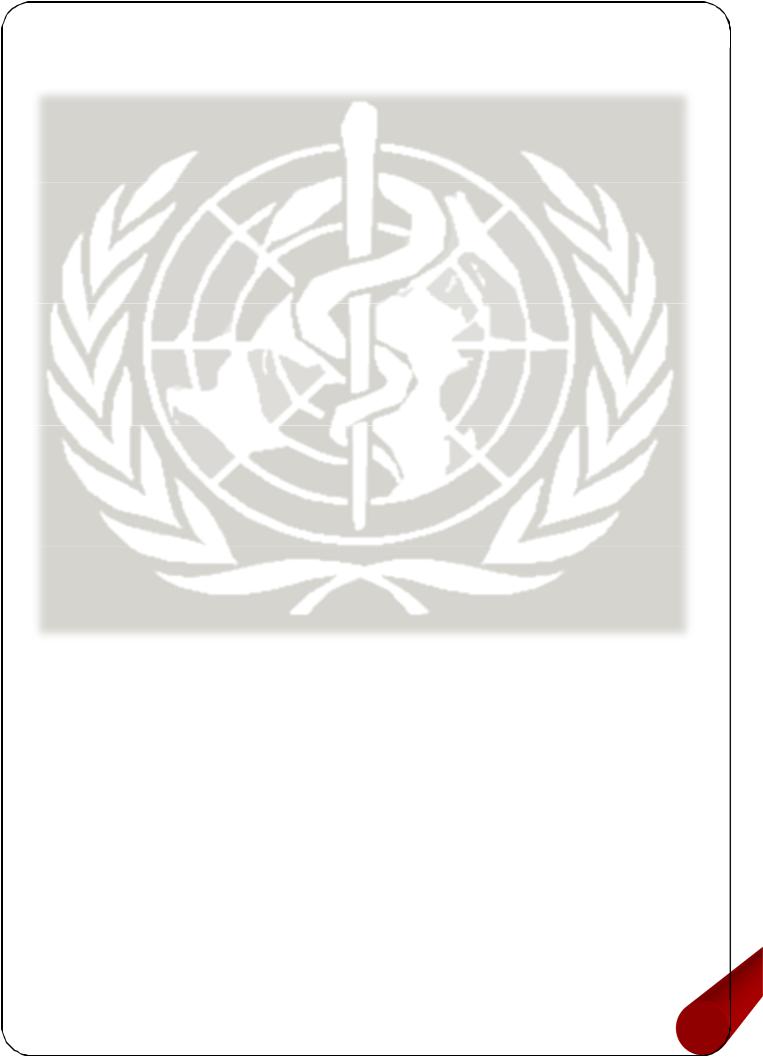
 Ex. 9 Read the text about World Health Organization (WHO) and complete it with the words given. Someof thewords shouldbe used morethan once.
Ex. 9 Read the text about World Health Organization (WHO) and complete it with the words given. Someof thewords shouldbe used morethan once.
we |
both |
and (2) |
other |
the |
for |
many |
such |
its |
within |
one (2) |
as |
WORLD HEALTH ORGANIZATION
When diplomats met to form the United Nations in 1945, … … of the things they discussed was setting up a global health organization. WHO’s Constitution came into force on 7 April1948 – a date …… now celebrate every year … … World Health Day.
WHO is responsible … … providing leadership on global health matters, shaping the health research agenda, setting norms and standards, articulating evidence-based policy options, providing technical support to countries … … monitoring and assessing health trends.
In … … 21st century, health is a shared responsibility, involving equitable access to essential care … … collective defence against transnational threats. The boundaries of public health action have become blurred, extending into … … sectors that influence health opportunitiesand outcomes.
Shared vulnerability to health security threats demands collective action. … … of the greatest threats to international health security arises from outbreaks of emerging and epidemic-prone diseases. … … outbreaks are occurring in increasing numbers, fuelled by such factors as rapid urbanization, environmental mismanagement, the way food is produced and traded, and the way antibioticsare used and misused.
WHO carriesout … … work with the support and collaboration of …… partners, including UN agencies and other international organizations, donors, civil society and the private sector. The organization participatesin ongoingreformsaimed at improving itsefficiency and effectiveness, … … at the international level and… … countries.
Point of View
6
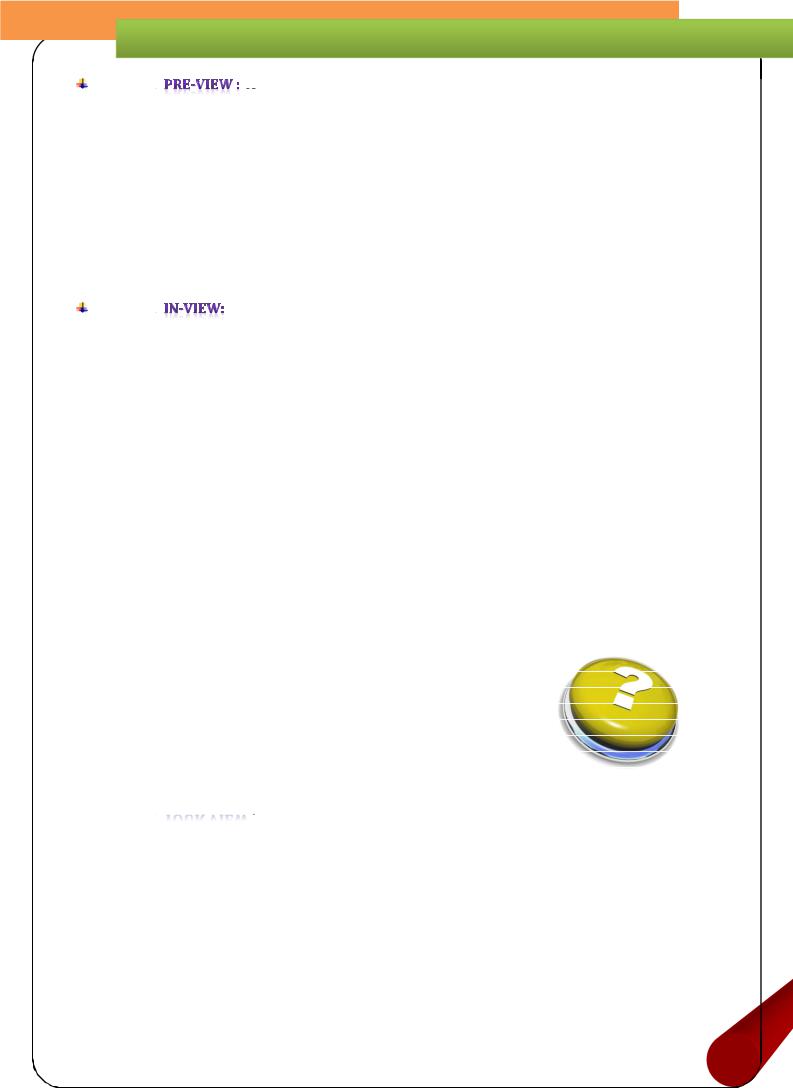
Hometask: Jamie Oliver
Ex. 10 |
Answerthefollowing questions. |
1.What isthe most risky thing youdo in yourdaily life?
2.How dangerousdo think these activitiesare? Number the activitiesin the followingorder:1 isthe most perilous, 5 isthe least dangerous. How to minimize the risks?
3.Ice climbing, eating fast food, smoking, swimming with the sharks, bicycle riding.
4.Have you heard of Jamie Oliver? What doeshe do?
Ex. 11 |
|
Watchthevideo episodeand decidewhetherthestatements aretrueor |
Correct thefalseones. |
||
false. |
|
|
1)America isone of the unhealthiest countriesin the world.
2)Smoking costsmore than obesity now.
3)Brittany has16 yearsto live because of thefoodthat she’seaten.
4)Obesity and diet-related disease hurtsjust the people that have it.
5)30 yearsago most of the food waslargely local and largely fresh.
6)The home now isthe heart of passing on food and food culture.
7)In the modern world French friesare considered a vegetable.
8)20 per cent of what we spend on healthcare ison obesity.
 Ex. 12 Answerthefollowing questions.
Ex. 12 Answerthefollowing questions.
1.What hasJamie Oliver been doing for the last seven years?
2.Why have the parentsof the last four generationsblessed their children with the destiny of a shorter lifespan?
3.What isthe biggest killer in the USA today?
4.How doesMr. Oliver describe ourlandscape of food?
5.What isthe purpose of school according to Jamie Oliver?
6.How are schoolsand accountsconnected in thisvideo?
7.In what context are knives and forksmentioned?
8.What for doesMr. Oliver show a little clip froman elementary school?
 Ex. 13
Ex. 13  : To what extenddo youagreewiththefollowing statements?
: To what extenddo youagreewiththefollowing statements?
The powerof food hasa primal place in our homes.
The belly rulesthe mind.
Great eaters and great sleepersare incapable of anything else that isgreat.
Life expectancy would grow by leapsand boundsif green vegetables smelled asgood asbacon.
Point of View
7

Role-Play: Creating a legacy of healthy nations
Ex. 14 Readthearticle.
The obesity alarm bells are ringing again. "Globesity" has consumed much of the planet, with more than 1 billion adults overweight or obese. Urbanization, modernization, technology, and the globalization of food markets, which includes the exportation of Coke and burgers, has created a crisis of "epidemic proportions," in the words of the World Health Organization. Why are people getting fatter? As various surveys show, there are a host of factors, from the ubiquity of high-fat, megacalorie foods to lack of exercise and too much TV. But another, more complicated,
trigger appears to be at work as well: grave misperceptions about weight.
This is especially true of parents who mistakenly believe their kids are leaner than they are. Parents may not recognize a weight problem in their child for any number of reasons. Weight can increase subtly and parents may not notice a change. The global rise in obesity means kids are bigger, so overweight kids look more like the norm than they used to. Parents also take pride in feeding their children. They may be putting their children in danger. A lot of families think that weight gain early on is just baby fat and it’s going to go away. But when a baby who gains excessively turns into an obese toddler, he may be on track to become an obese adult, too.
Hopefully, this gruesome situation is likely to change in the foreseeable future. The youth, especially those belonging to counterculture, are leading a revolution in diet. They are in the vanguard of the flourishing organic-food movement, insisting on produce grown without chemical fertilizers or pesticides. When Yale students played host to Black Panther supporters, for example, they fed their thousands of visitors not hot dogs and Coke, but a special recipe of oats, dates, sunflower seeds, peanuts, prunes, raisins and cornflakes. Indeed, at Woodstock itself the free kitchens ladled out rice, carrots and raisins for all comers.
Ecoactivists maintain that food is the determining factor in the biological conditions in man that produce wars, brutality and narrow thinking. They use the diets of different, especially Eastern, religions, to become less aggressive and, above all, more spiritual. "It's not the food that is important so much. It is the understanding. Through your food you are trying to attain the order of the universe," says one of healthy food enthusiasts.
Anthropologist Claude Lévi-Strauss has shown that a society's cuisine is a language into which it unconsciously translates its structure. Thus frozen foods, packaged foods, TV dinners, fast-food franchises, preservatives and additives all stem from a culture that made pragmatism, step saving and time saving virtues in themselves. Because there are different values and plenty of free time in the new culture, gardening (organically), grinding wheat, baking bread, preparing yogurt and making a quiet ceremony of cooking and eatingare all parts of the scene.
Actually, that is the reason why cooking programs, which began on the radio and transitioned to television in the 1940's, have stood the test of time: the genre's managed to stay current and appeal to audiences from generation to generation by holding up a mirror to our own domesticated lives. They began as a way to promote rationing-friendly recipes during World War II and are experiencing current renaissance with reality-show hybrids like Top Chef. The genre has enjoyed a "triumphant fate" — thanks to its ability to seamlessly keep up with evolving cultural and culinary tastes.
Cooking shows have taught us, changed us and changed with us. At the beginning of the twenty-first century, they have evolved to satisfy our yearning for quality, affordable, environmentally and health conscious, easy to prepare yet sophisticated food. And while many viewers may not have the timeto execute the lessons nor the money to afford the high-end ingredients or appliances used by cooking show hosts, these shows prevail because everyone eats, knows somethingabout food, and can relate to the endeavor.
As the world economy takes a beating, sopopular food television —a forum that isso closely tied with our consumer behavior — must continueto evolve. The genre has withstood decades of economichighs and lows andwill continue to respond in kind, but itmightdo so in ways we cannot yet imagine.
Point of View
8
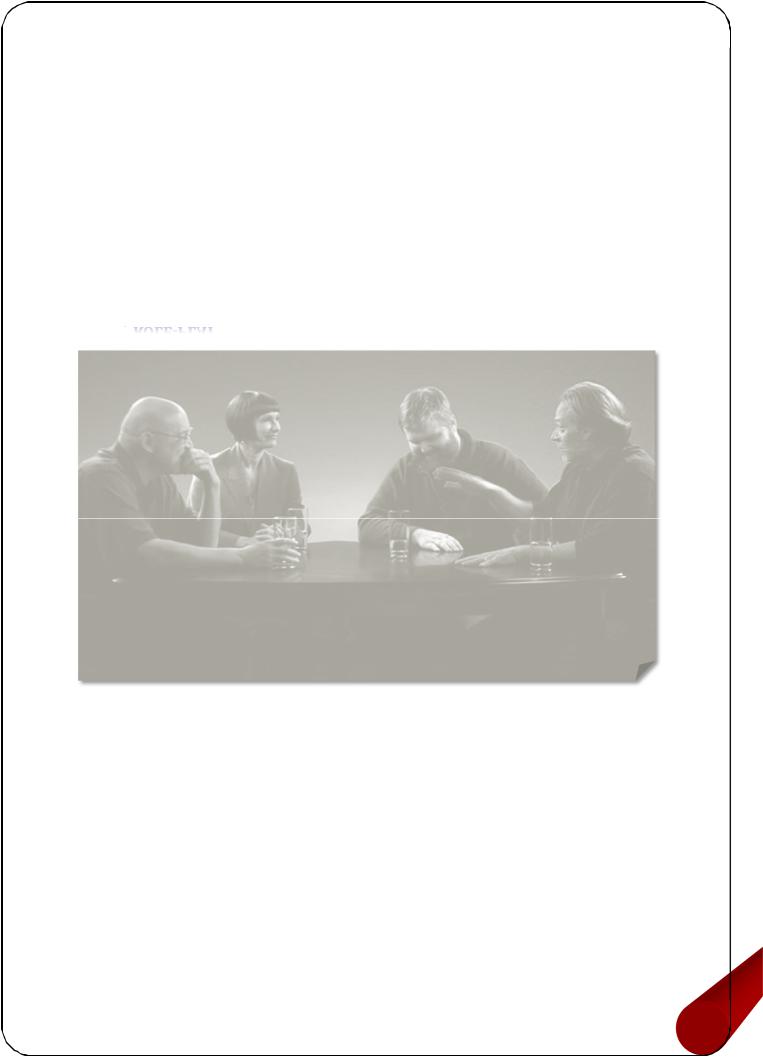
 Ex. 15 Discuss thefollowing points:
Ex. 15 Discuss thefollowing points:
1.According to the author of the article, what factors lead to obesity? Can you add anything to the list?
2.Why isweight gain in children spreading indeveloped countries?
3.What tendencies can stop the epidemic of ‘globesity’? Are they powerful enough in the modern world?
4.What is the connection between national cuisine and society? If they are interdependent, then in what way?
5.Why have cooking programslasted so long onTV? How have they evolved over the years?
6.Give your reasons why there are so many culinary shows nowadays and account for their popularity amongthe viewersall over the world.
 Ex. 16
Ex. 16 

The team of producers of a popular TV channelare discussing the changes that should be introduced intotheir prime-time culinary show torespond tothe current economicdownturn.
Points toponder:
Gueststo be invited;
Ingredientsand appliances;
Economizing-friendly recipes;
Globalization: merging of national cuisines;
Being environmentally and health conscious;
Summarize your decisions andpresentthemto the channel’s boardof directors.
Point of View
9
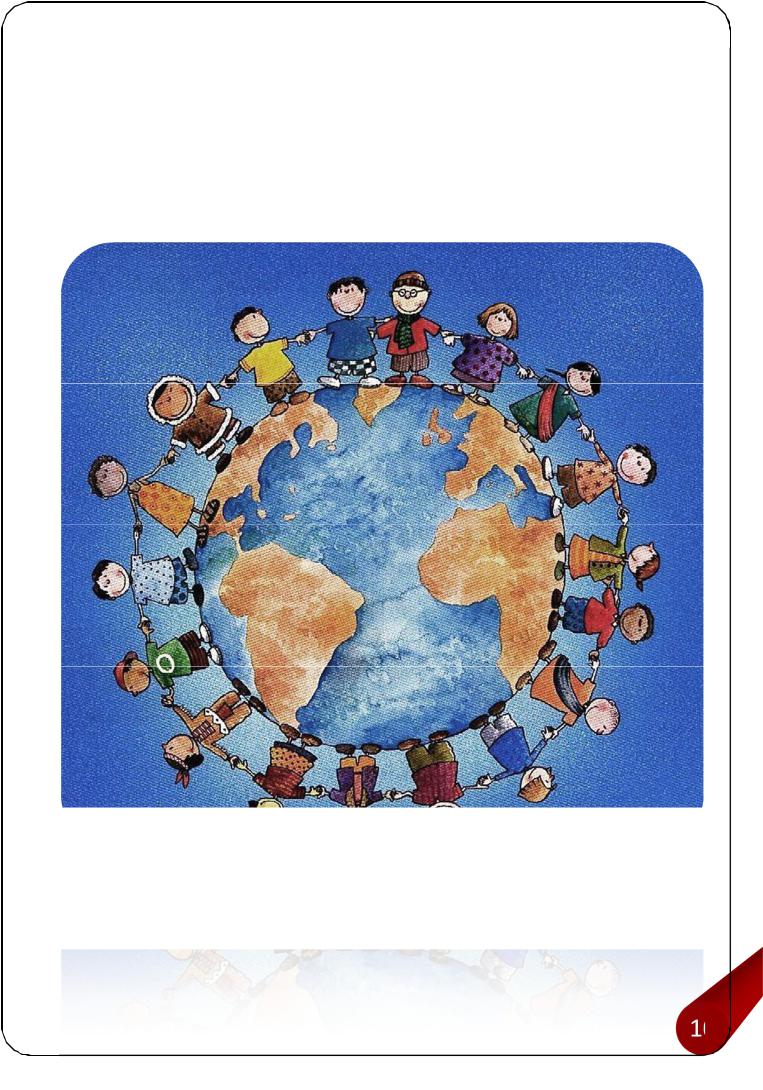
Lesson 2
 Point of View
Point of View
